
BMW 2-Series Convertible (2015-2021) engines, drive and performance
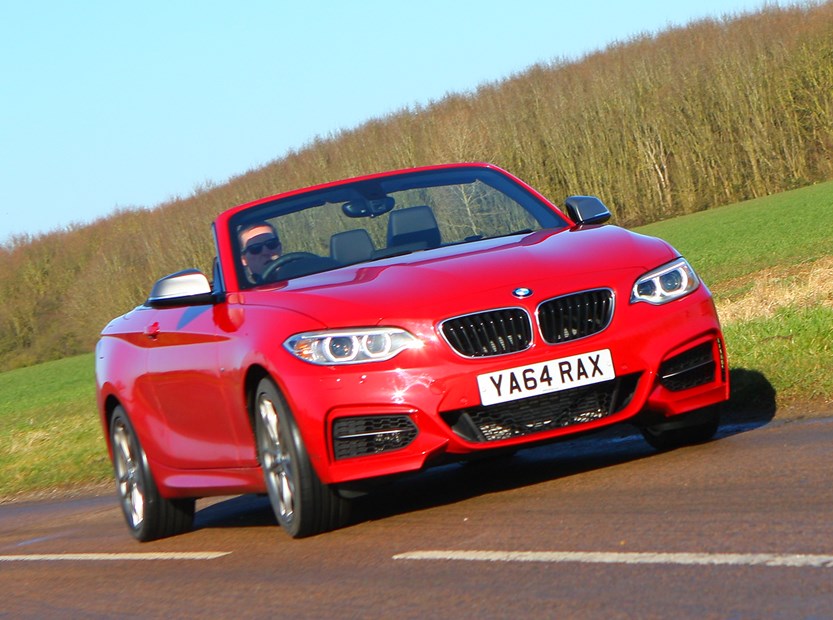
As with most cabriolet cars, BMW 2 Series Convertible performance is measured out by a brilliant range of petrol engines, but there’s also a diesel for the lowest-possible running costs. Does diesel drop-top sound a little odd? Well think again – this particular engine is fantastic.
Each engine is available with either a six-speed manual or eight-speed automatic gearbox. While the former has a fairly slick (though a little notchy) operation, in an ideal world it’s the latter we’d pick for the Convertible car since it’s far more relaxed to drive and seems to suit it better. Keen enthusiast drivers may want the manual gearbox, but they’ll also prefer the Coupe 2 Series and its slightly more engaging handling.
All 2 Series Convertibles also get Drive Performance Control. This is a switch by the gear lever which allows the driver to select ‘modes’ for various types of driving – ECO Pro (for more efficient driving); Comfort (for an easier-to-drive experience) and Sport for faster driving. It alters systems such as the power steering weighting, throttle response, gear-change speed and even suspension firmness if adaptive dampers are installed.
Diesel power
We’re expecting the most popular engine to be the 220d, which is the only diesel on offer. It’s actually a new version of the 2-litre engine found in many other BMW products, and we’re both happy and a little surprised to report it’s absolutely excellent.
It feels highly responsive to throttle inputs – presumably thanks to the high-tech turbocharging system employed – and its power delivery begins at low revs which means you don’t have to change gear too often. We noticed it was a very smooth engine too, without any of the clattering associated with older-fashioned diesel engines.
Its 188bhp and 400Nm of torque translate to a 0-62mph dash in 7.5 seconds for the manual and 7.4 seconds with the automatic. We’ve only driven the former, but found it to be a very rewarding car to drive. That’s not something we say very often when it comes to diesels.
Petrol power
The best engine for keen drivers is undoubtedly the M235i – a bespoke model built as a performance variant. This car features a 3-litre, six-cylinder turbocharged engine with 322bhp and 450Nm of torque.
Crucially, though, the M235i is an absolute peach to drive. It’s highly responsive, sounds fantastic and isn’t even too bad on fuel. Its performance figures include a dash from 0-62mph in five seconds flat (or 5.2 for the manual) and a top speed electronically pegged at 155mph.
While the manual car will attract keen drivers, the automatic has its appeal in this respect too: there’s a launch control function which allows you to make the optimum getaway from a standstill.
There’s another pair of petrol engines on offer at launch and one more set to follow during the remainder of 2015. The 220i uses a 2-litre with 182bhp and 270Nm, which means a dash from 0-62mph in 7.5 seconds (or 7.6 with the automatic) while the 228i has 243bhp and 350Nm, covering 0-62mph in six seconds flat with the automatic gearbox or 6.1 seconds with the manual. We’ve not driven these engines yet.
We’re expecting a clever three-cylinder 1.5-litre petrol engine to arrive at some point too. It’ll have 134bhp and is also found in the i8 supercar.
The first thing to note about the handling of the 2 Series Convertible is that it’s very slightly less engaging than the coupe, but we doubt very much whether 99 percent of drivers are going to notice this. There’s slightly more flex in the car thanks to the lack of roof, but BMW has done all it can to address the issue and the result is a car that still feels great to drive.
Its steering is worthy of special mention. It’s very nicely weighted and very communicative too, thanks in part to the fact this car is rear-wheel drive where all its main rivals are front- or occasionally four-wheel drive. It makes for a purer driving experience.
Body roll is kept in check fairly well, while the addition of adaptive suspension (which BMW believes will be a popular option) means you can have the car configured for Comfortable or Sport driving at the touch of a button. There’s even a Sport+ setting on cars at Sport trim or above, which adjusts the traction control system to allow a little more wheelspin for more driver engagement.
Another feature worth mentioning here is the rear parking sensors. They’re standard fitment, which is a result on any car, but especially so if you’re still operating the roof as you park; this is made possible thanks to the electric fabric roof, which will open at speeds of up to 30mph.


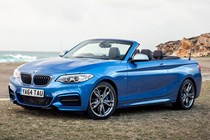
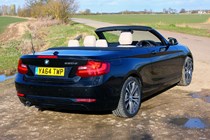
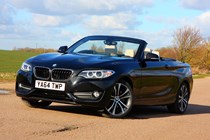
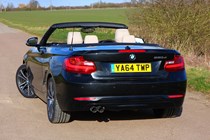
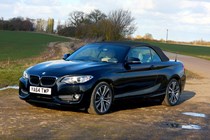

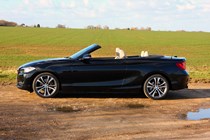


.jpg)
.jpg)
.jpg)
.jpg)
.jpg)
.jpg)
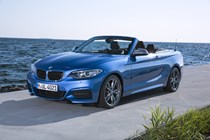
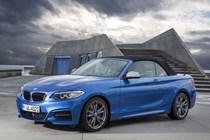
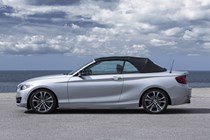

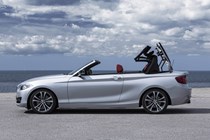
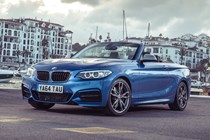

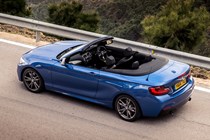
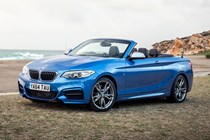

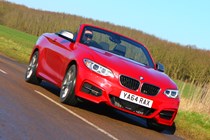
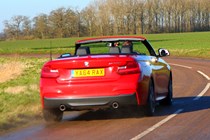
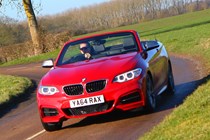
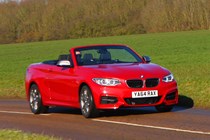
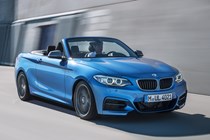

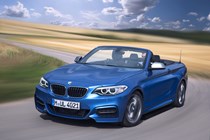
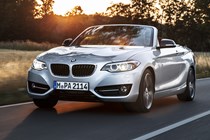
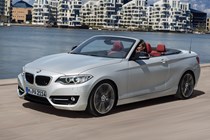
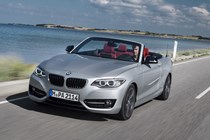
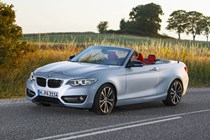

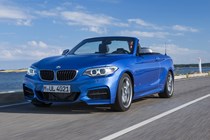
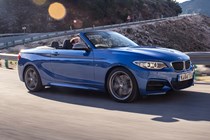

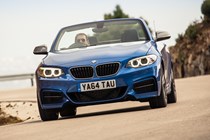
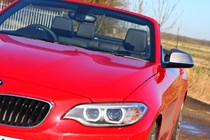
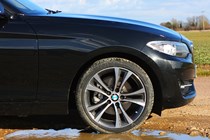
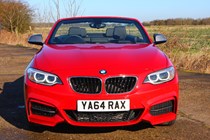

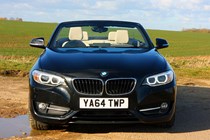
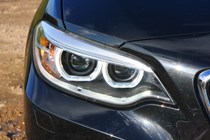
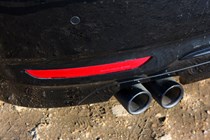
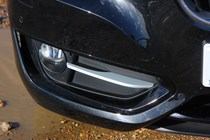
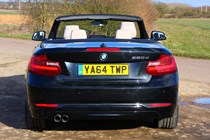
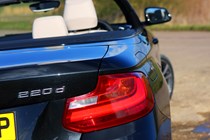
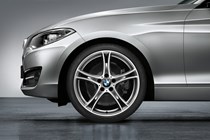
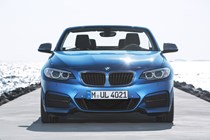
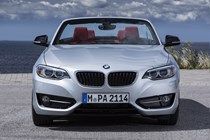
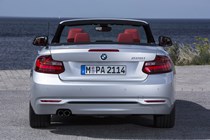
.jpg)
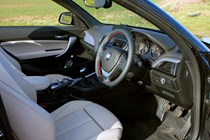
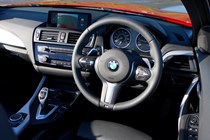
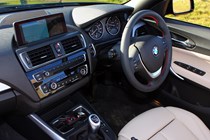
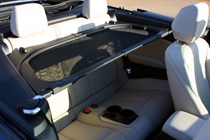
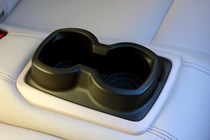
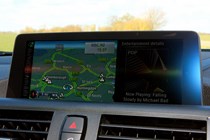
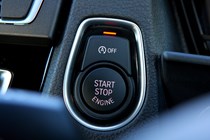
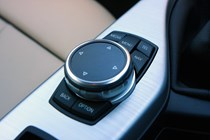
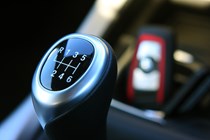
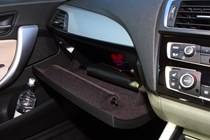
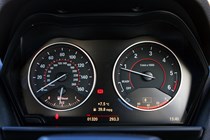
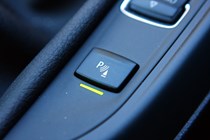
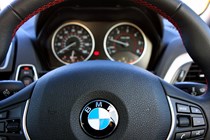
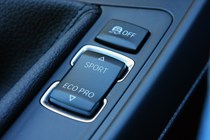
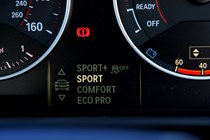
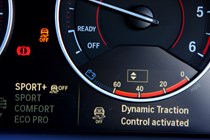
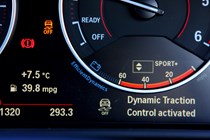
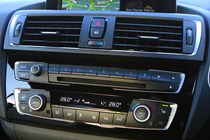
.jpg)
.jpg)
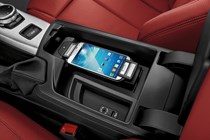
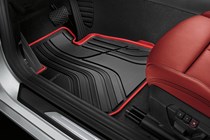
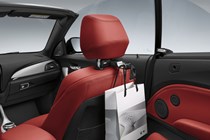
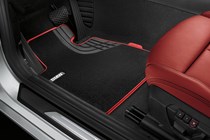
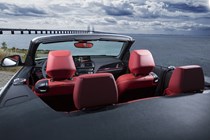
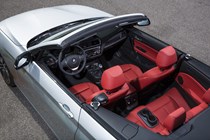
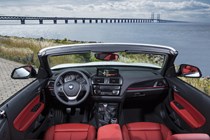

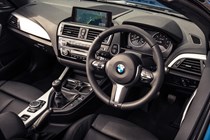
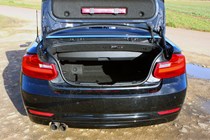
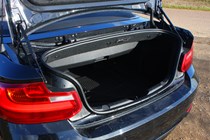
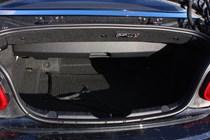
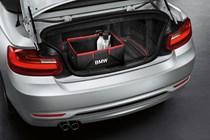
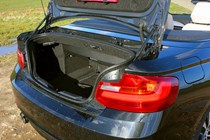
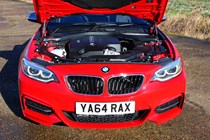
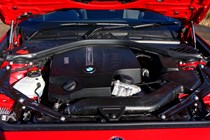
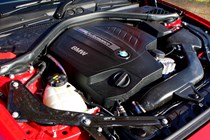
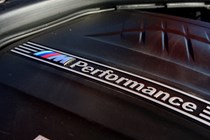
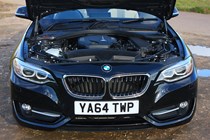
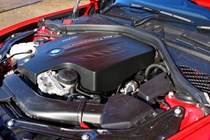
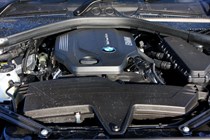
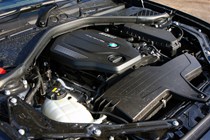
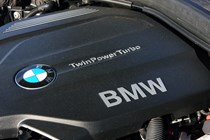
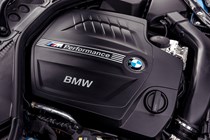









.jpg?quality=50)
.jpg?quality=50)
.jpg?quality=50)
.jpg?quality=50)
.jpg?quality=50)
.jpg?quality=50)








































.jpg?quality=50)


















.jpg?quality=50)
.jpg?quality=50)























